Bac Ninh Quan Ho folk songs were recognized by UNESCO as an Intangible Cultural Heritage of Humanity.
According to the Decree, the principle in managing, protecting and promoting the value of intangible cultural heritage is to ensure that intangible cultural heritage is practiced to guide people and communities towards good cultural values; preserve identity; aim for comprehensive social development; ensure community and social safety; protect the environment; ensure respect for cultural diversity, the role of the host community and the specificity of ethnic groups and regions. Intangible cultural heritage of different communities are equally respected.
Prioritize the protection of intangible cultural heritages at risk of being lost, heritages of ethnic communities living in mountainous areas, remote areas, border areas, islands, ethnic groups with difficulties and special characteristics, heritages of value to the whole community and society.
Prioritize the decision-making power of the subject community for the long-term and continuous existence and practice of the heritage, in accordance with the meaning and function of the heritage, in accordance with the law on cultural heritage of Vietnam and international documents of which Vietnam is a member.
Inventory of 07 types of intangible cultural heritage
The Resolution clearly states that the inventory of intangible cultural heritage is carried out for the following 7 types of heritage:
1. Spoken and written language includes cultural expressions of the community, expressed through language and characters to convey information, knowledge, memories and cultural and social values of the community;
2. Folk literature includes cultural expressions of the community, expressed through works created and practiced by the community, including stories, legends, anecdotes, epics, fables, jokes, folk songs, proverbs and folk songs, rhymes, riddles and other similar cultural expressions passed down orally through many generations, reflecting the culture, customs, beliefs and perceptions of the community to directly serve different activities in community life;
3. Folk performing arts include cultural expressions of the community, expressed through performance forms created and practiced by the community, including music , singing, dance, plays and other performance forms, originating from the cultural, spiritual and productive life of the community and directly serving the community's need to express and enjoy culture;
4. Social customs and beliefs include cultural expressions of the community, practiced by the community through regular ritual activities, ways of expressing individual and community beliefs or desires associated with important events, perceptions of the world , history and memory;
5. Traditional crafts include cultural expressions expressed through the practice and creativity of artisans and communities in the form of crafts with techniques, forms, decorations, arts, and materials that have indigenous elements and are passed down from generation to generation to create unique products that bear the cultural identity of the community;
6. Traditional festivals include a collection of many cultural expressions of a ritual nature created and practiced by the community; practiced cyclically by the community in the relevant cultural space to perform the following functions: awareness of nature and society, personality education, behavior adjustment, communication between people and nature and between people, community entertainment and ensuring historical continuity;
7. Folk knowledge includes cultural expressions of the community formed from the historical interaction between the community and the natural and social environment to adapt, survive and express through experiences, knowledge, and skills to respond flexibly and in harmony with nature and society.
Inventory period from 3-6 years
The inventory time is performed as follows:
For intangible cultural heritage in the Representative List: every 6 years or according to other regulations of UNESCO;
For intangible cultural heritage in the List of Urgent Safeguarding: once every four years or according to other regulations of UNESCO;
For intangible cultural heritage in the National List: Every 3 years from the date of registration.
Organizing a festival to introduce intangible culture
Intangible Cultural Heritage Festival (called Festival) is an activity to protect the heritage committed in the dossier submitted to UNESCO, including: organizing practices and performances by the host community; displaying, exhibiting, introducing, disseminating, raising awareness and capacity of the community, educating and promoting intangible cultural heritage.
Authority to organize Festivals: The Minister of Culture, Sports and Tourism decides to organize Festivals of scale from 02 provincial-level administrative units or more, national and international in Vietnam.
The Chairman of the People's Committee of the province or centrally run city decides on the organization of the Festival in the locality.
Festival organized on the following scale and schedule:
Festival of all types of intangible cultural heritage organized by the competent authority on cultural heritage management under the Ministry of Culture, Sports and Tourism on a national and international scale in Vietnam every 3 years;
Festivals of each type of national-scale intangible cultural heritage in the country are organized by the competent agency for cultural heritage management under the Ministry of Culture, Sports and Tourism periodically once a year;
Intangible cultural heritage festivals that span two or more provinces or cities are proposed by the Chairman of the People's Committee of the province or centrally run city with the heritage to the Ministry of Culture, Sports and Tourism for consideration and decision upon agreement from the remaining provinces or centrally run cities to be held on a rotational basis every two years.
Source: https://baochinhphu.vn/bao-ve-va-phat-huy-gia-tri-di-san-van-hoa-phi-vat-the-102240416182728633.htm


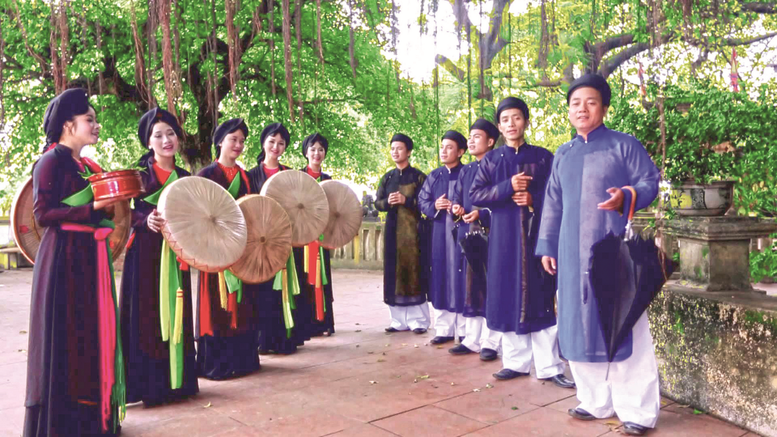
![[Photo] General Secretary To Lam attends the 95th Anniversary of the Party Central Office's Traditional Day](https://vphoto.vietnam.vn/thumb/1200x675/vietnam/resource/IMAGE/2025/10/18/1760784671836_a1-bnd-4476-1940-jpg.webp)




![[Photo] Collecting waste, sowing green seeds](https://vphoto.vietnam.vn/thumb/1200x675/vietnam/resource/IMAGE/2025/10/18/1760786475497_ndo_br_1-jpg.webp)




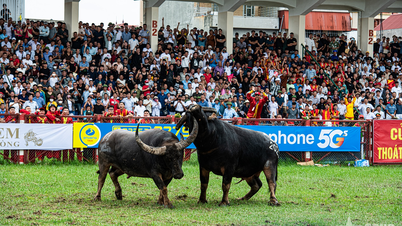

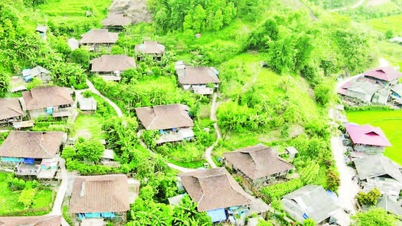



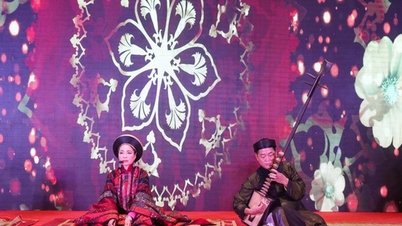
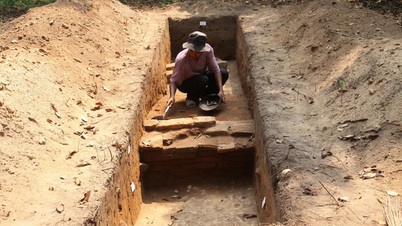

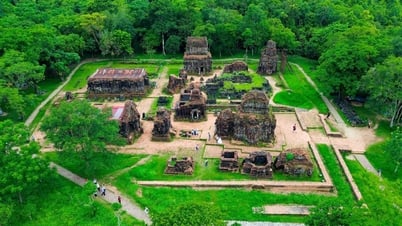

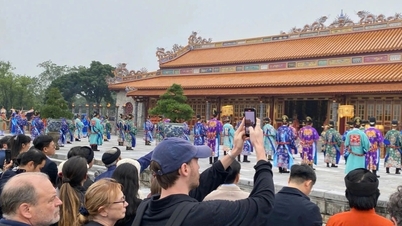



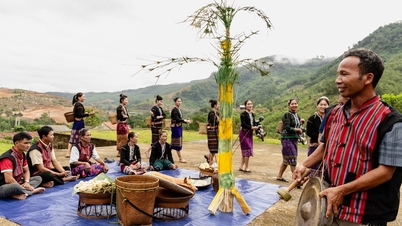








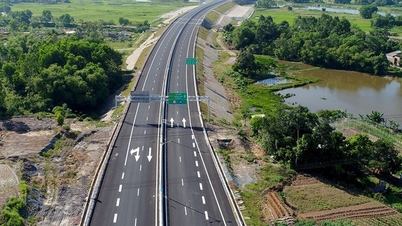
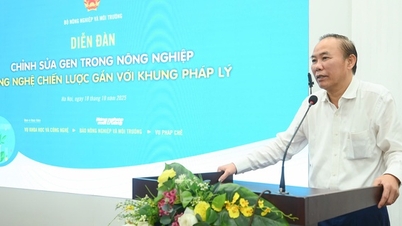
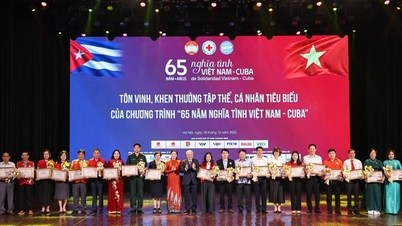
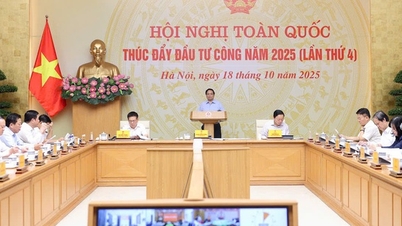
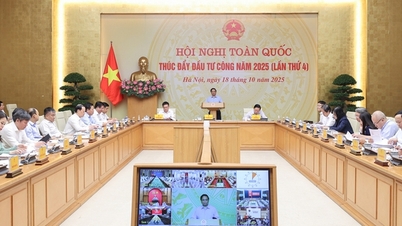
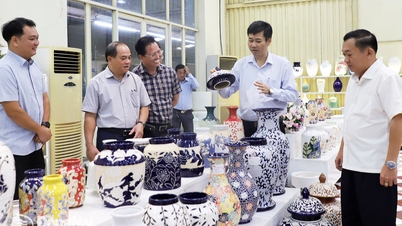

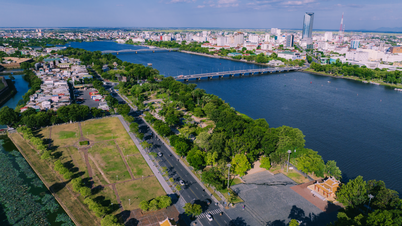

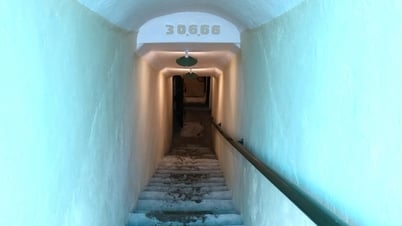

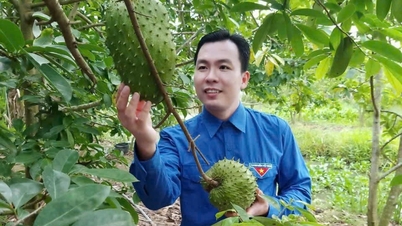
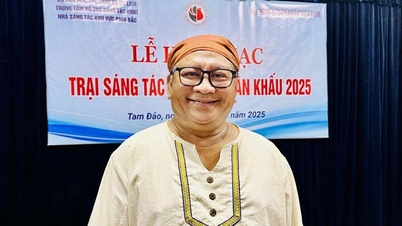




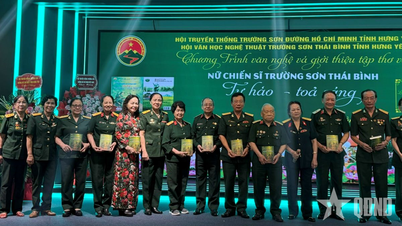




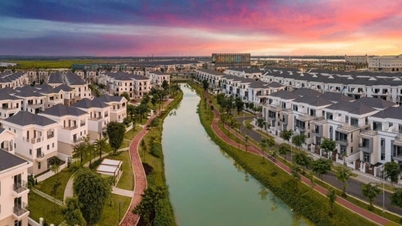
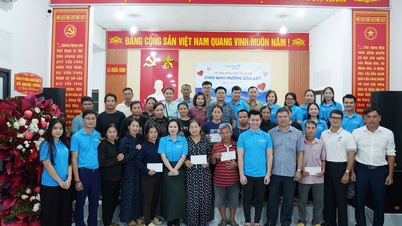


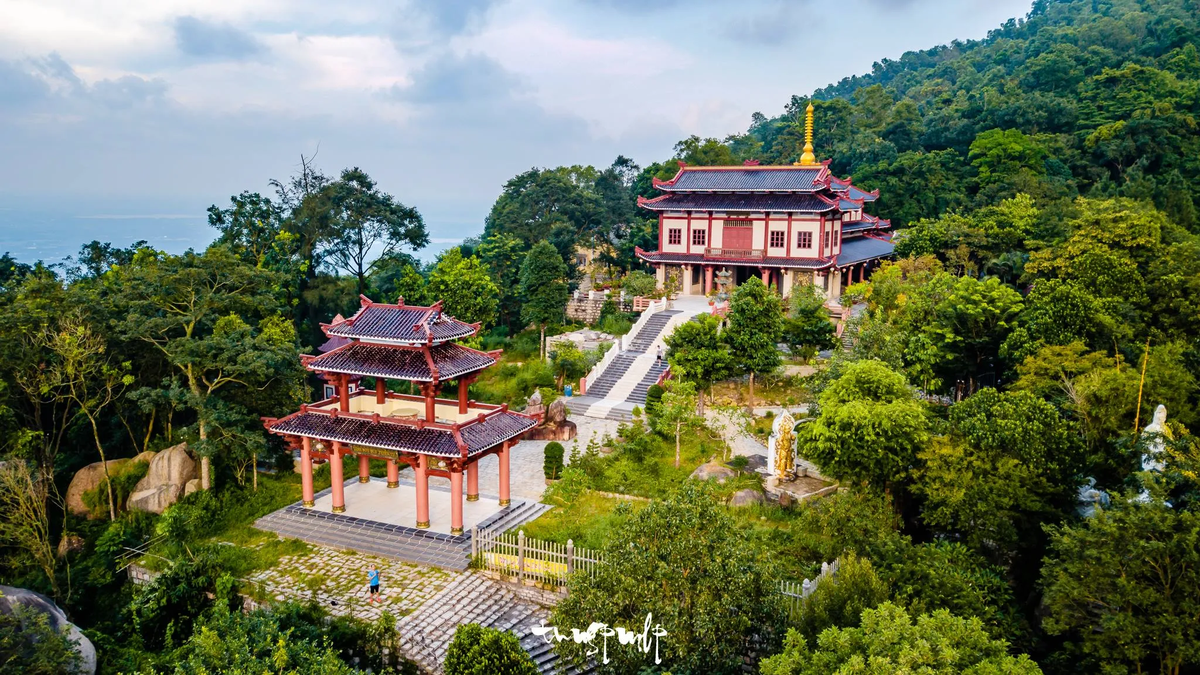
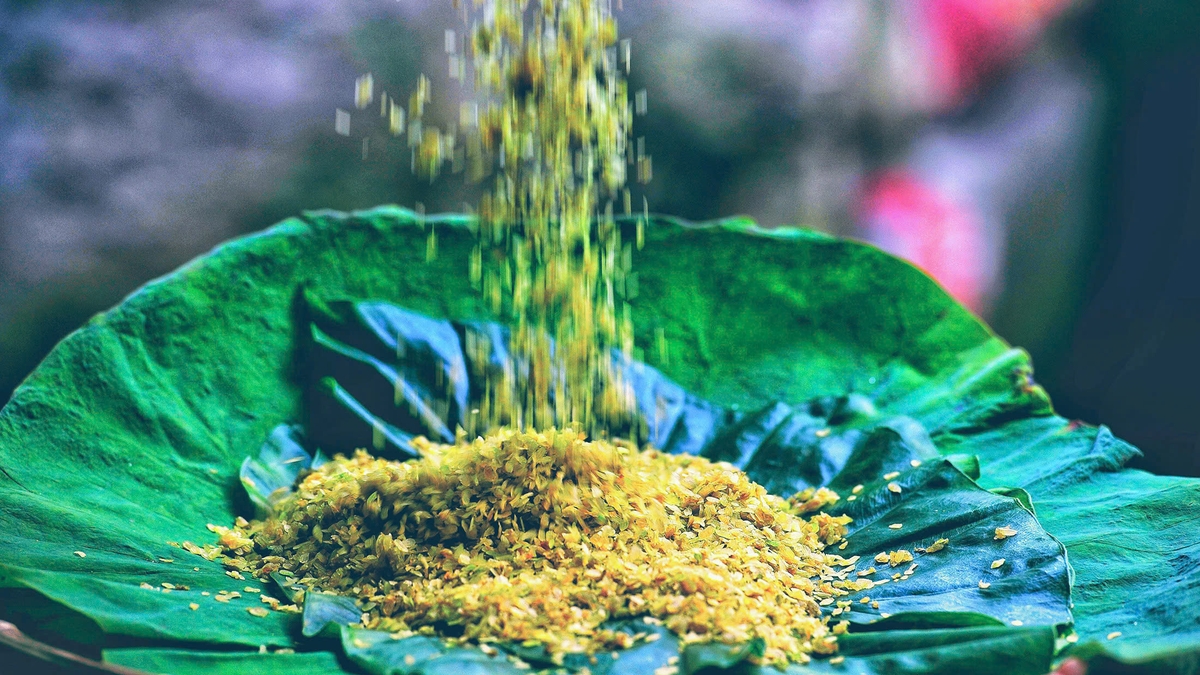



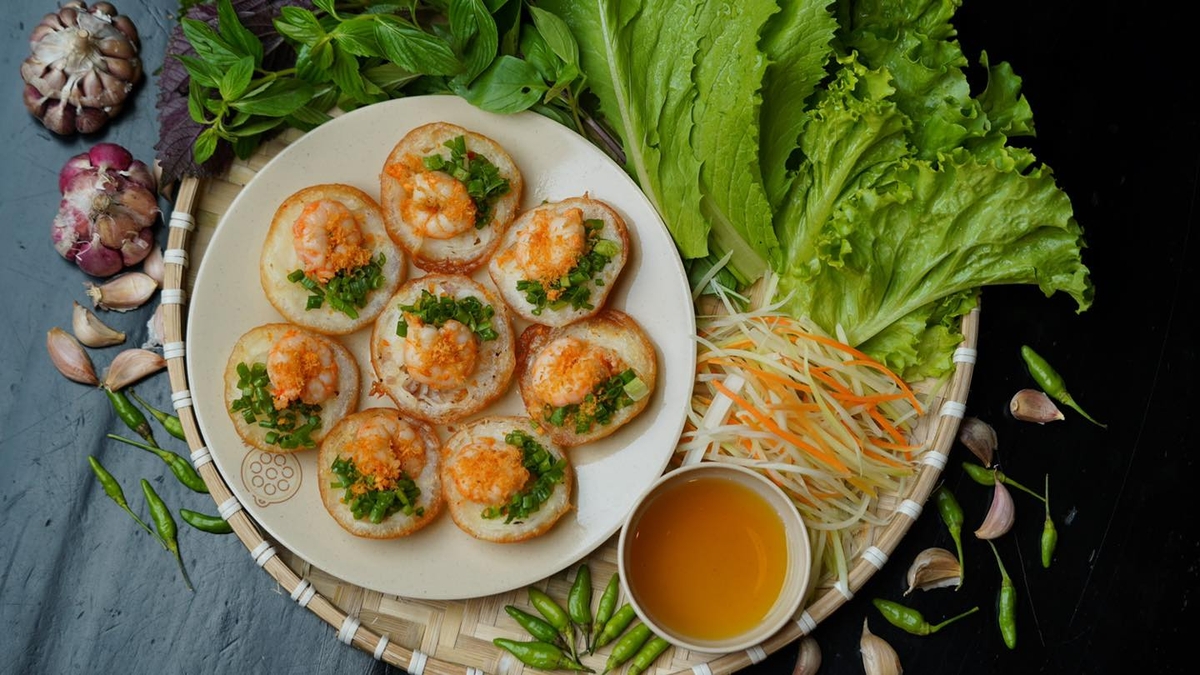

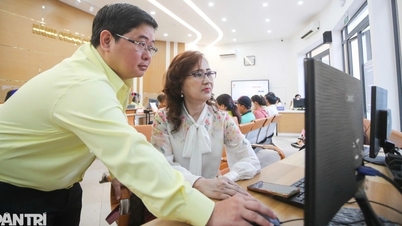






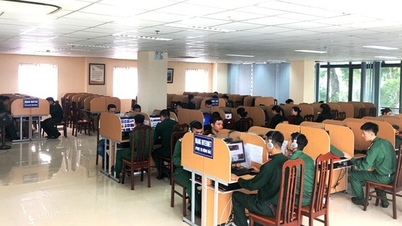
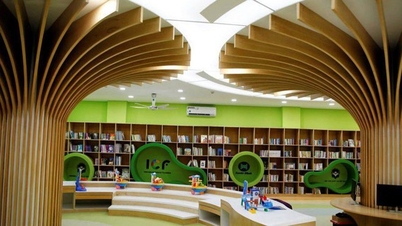

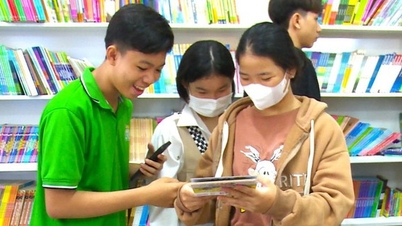


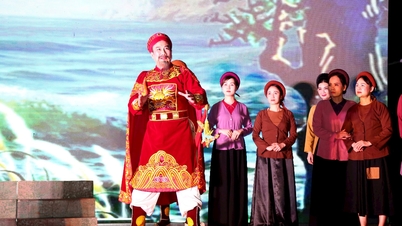

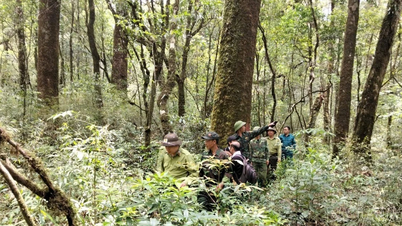

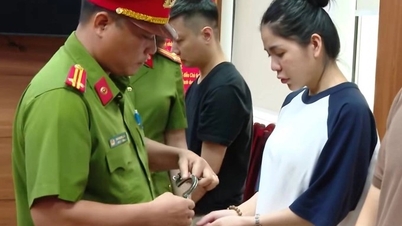

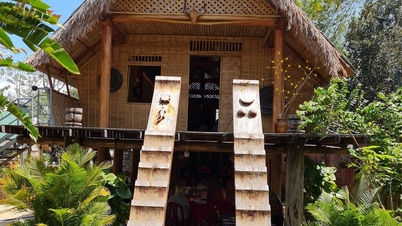
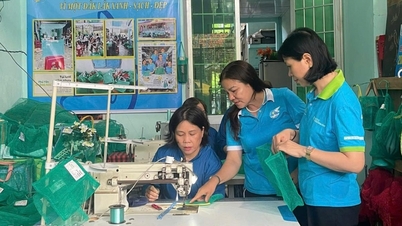
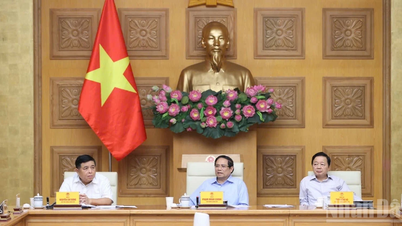
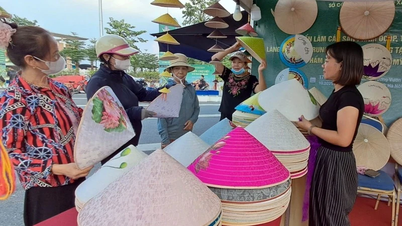
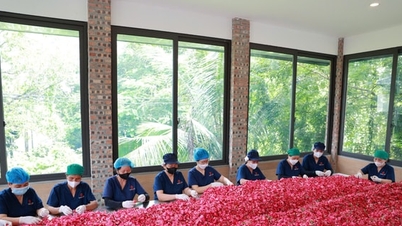

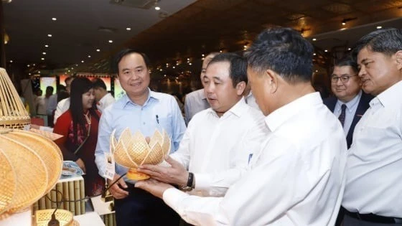
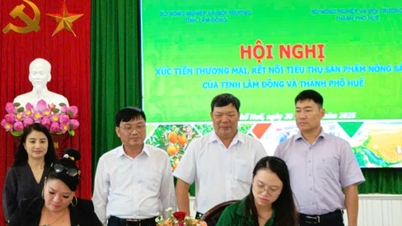

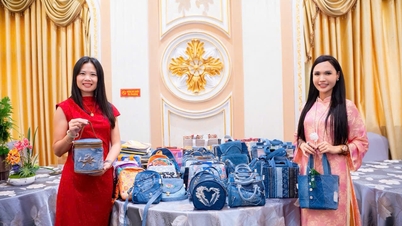





Comment (0)